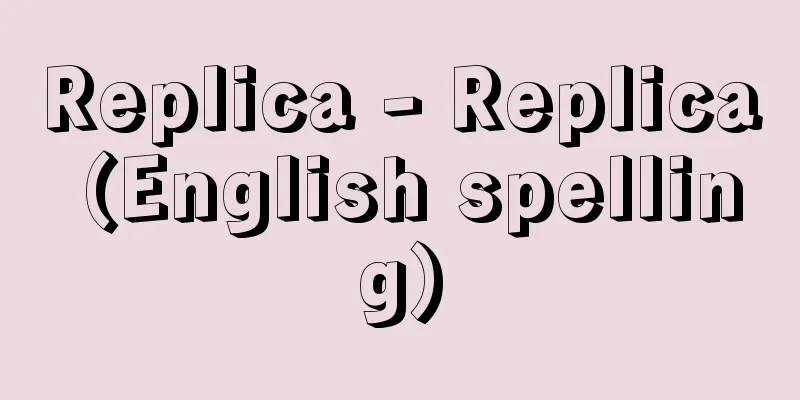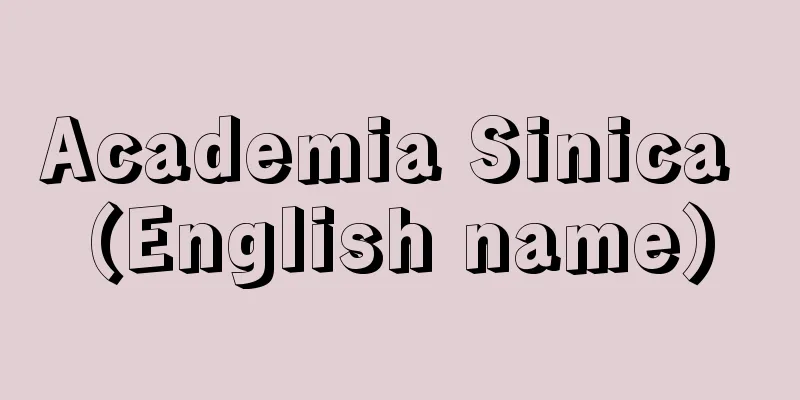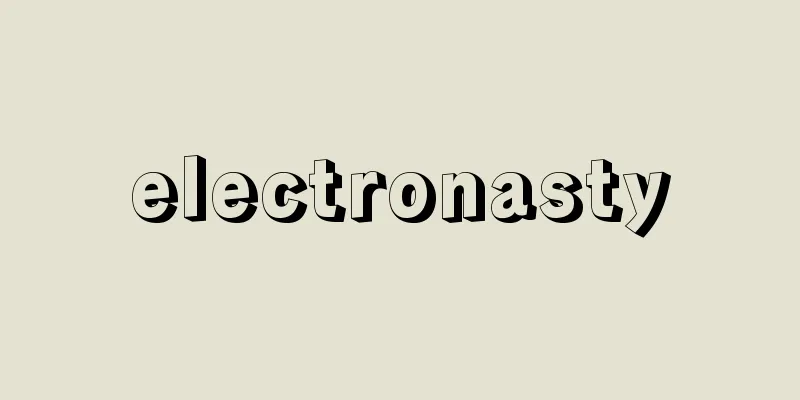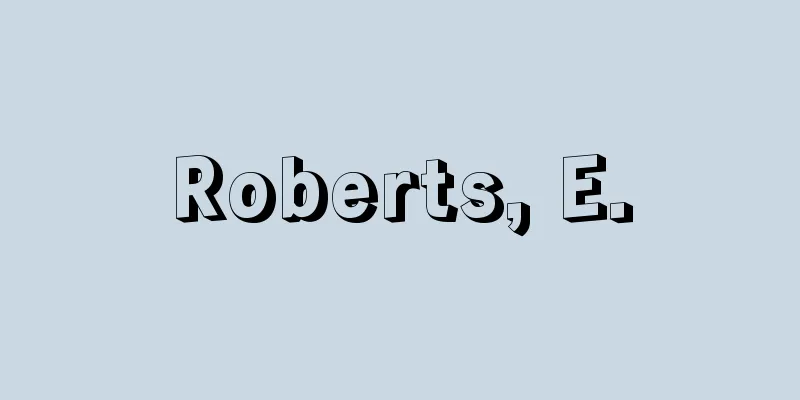Replica - Replica (English spelling)

|
The word originates from the Italian word meaning repetition. It is thought to have evolved from an art term into the English words for copy, reproduction, and imitation. Generally, copies of flat objects such as paintings, photographs, and documents are called copies, while replicas refer to copies of three-dimensional objects such as sculptures, buildings, monuments, machines, and tools. When a creator (original author) reproduces the same thing, it is not called a replica, but a variation or version of the original work, and it has the same value as the original work. The motivation for making a replica is often for someone other than the original author to use it for a different purpose, such as building an identical building in a different location or making it to further improve the performance of a machine, and compared to copies, replicas are associated with negative images such as being a test bed, fake, or fake. Furthermore, it is often necessary to change the material and dimensions, and the reduced version is called a miniature rather than a replica. In addition, when the original is judged to be incomplete, or when it was made so long ago that the color, etc., was unclear but it is later possible to determine through the power of science, it is also a replica, but in Japan it is usually called a restoration. [Hata Teruo] [References] | | | |Source: Shogakukan Encyclopedia Nipponica About Encyclopedia Nipponica Information | Legend |
|
語源はイタリア語で繰り返しの意。美術用語から転じて模写画、複製、模造品の英語に転じたと考えられる。一般的に絵画、写真、文書のような平面的なものの複製はコピーcopyとよばれ、レプリカという場合は、彫刻、建造物、記念碑、機械、道具など立体的なものの複製をよぶ。製作者(原作者)が同じ物を複製製作した場合はレプリカとはいわず、オリジナル作品のバリエーションvariation(変形)または別バージョンversionとよばれ、オリジナル作品と同等の価値を生ずる。レプリカの製作動機は原作者とは別の他者が異なった用途に使う場合が多く、たとえば建造物を別の場所にまったく同じに建てるとか、機械の性能をさらに強化するためにつくるといった場合などで、コピーに比べ実験台、偽物、まやかし物といったあまり良くないイメージを伴う。さらに材質、寸法を変える必要が多々生じ、その縮小したものはレプリカといわずミニチュアminiatureとよばれる。またオリジナルが未完と判断された場合や、製作年代がかなり古く色彩などがはっきりわからなかったものがのちに科学の力などで判定できた場合などもレプリカではあるが、日本では復元とよばれるのが通常である。 [畑 暉男] [参照項目] | | | |出典 小学館 日本大百科全書(ニッポニカ)日本大百科全書(ニッポニカ)について 情報 | 凡例 |
<<: Reprise (English spelling)
Recommend
Post station - Shukueki
A convenient point on a route where travelers coul...
Darkroom Photo Mirror - Anshitsushashinki
...At first, it was used literally as it sounds, ...
Gulf of Alaska - Alaskawan (English spelling)
A bay formed by the wide intrusion of the Pacific ...
Aminta
…In this environment, Tasso wrote Treatise on Poe...
Zeromski, Stefan
Born: November 1, 1864. Strafchin [Died] November ...
Aro, LMde - Aro
…However, as a result of the Treaty of Westphalia...
Crowned duck - Crowned duck
…Their plumage is similar to that of mallards, bu...
Dolinsk (English spelling)
A town in the southern part of Sakhalin Oblast (Ka...
Umaoi [Hot Spring] - Umaoi
...In the northern part of the prefecture, potato...
McCoy, JG (English spelling)
…Cowboys were already active in Texas in the 1820...
Ando Bugyo - Ando Bugyo
〘 noun 〙 A post in the Kamakura and Muromachi Shog...
Chapelain, J.
...After the end of the Wars of Religion, under t...
Monstera pertusum (English spelling) Monsterapertusum
… [Takabayashi Masatoshi]. … *Some of the termino...
Amniotic membrane - Good
The amnion is the embryonic membrane that directl...
Rhea americana; greater rhea
Order Rhea, Family Rheidae. Total length 1.3-1.4m....









